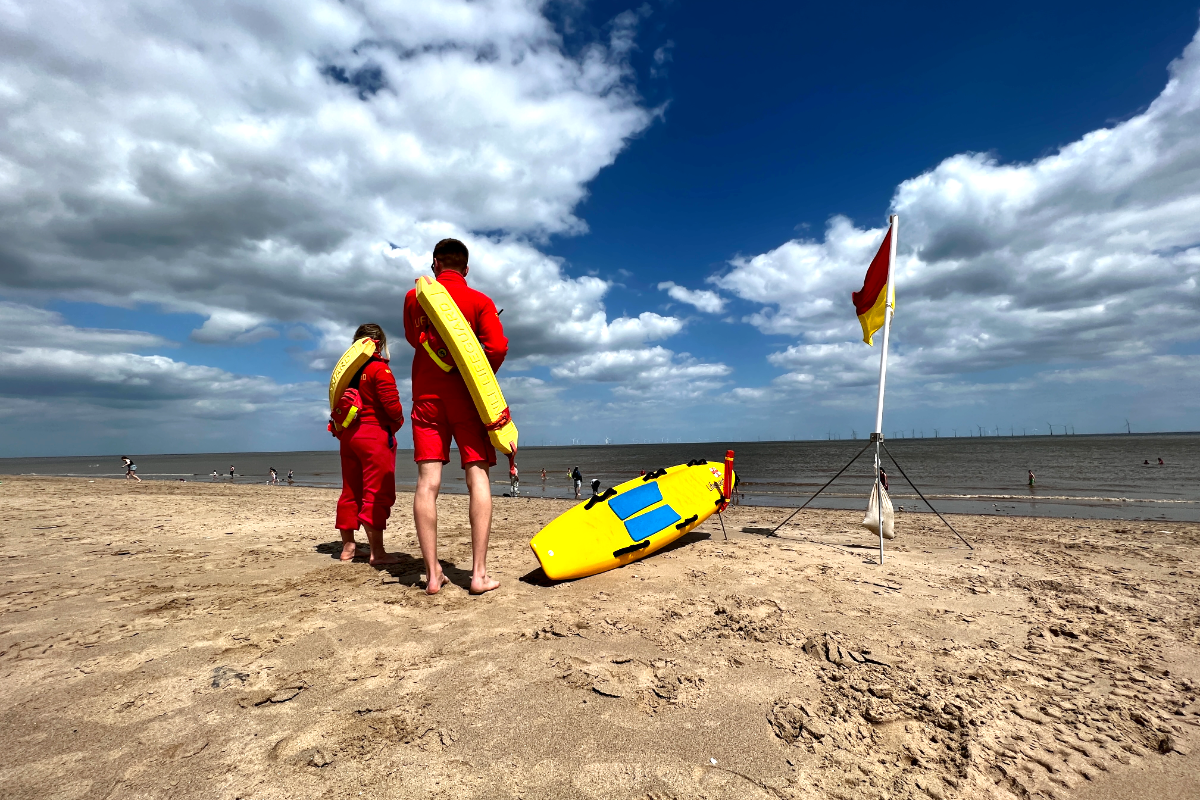
Beachgoers heading to the Yorkshire coast this August bank holiday weekend are strongly encouraged by the RNLI to visit lifeguarded beaches and adhere to safety advice.
The charity, which runs the lifeguard service on the Yorkshire coast, emphasises the importance of swimming in designated areas and being aware of environmental hazards, particularly offshore winds.
The RNLI advises that the safest place to swim is between the red and yellow flags on a lifeguarded beach.
Nick Ayres is the RNLI's water safety lead for the Yorkshire Coast, he says Lifeguards are on duty at main resort beaches, such as Whitby and Scarborough North, from 10am to 6pm each day.
"So we want everybody to visit a Lifeguarded beach.
The RNLI run the lifeguard service, on the Yorkshire coast and we want everybody to head to a lifeguarded beach and swim between the two red and yellow flags.
That's the safest place to go where you can find out information about that location from the lifeguards and the lifeguards will shepherd you away from danger if there are any on that day.
All our lifeguards are on from 10 till six at our main sort of resort beaches like Whitby and Scarborough North, so if you want to find out any more information, jump on our website, find your nearest lifeguarded beach at RNLI.ORG And you can find out a little bit more information about that particular beach and that location if you want as well."
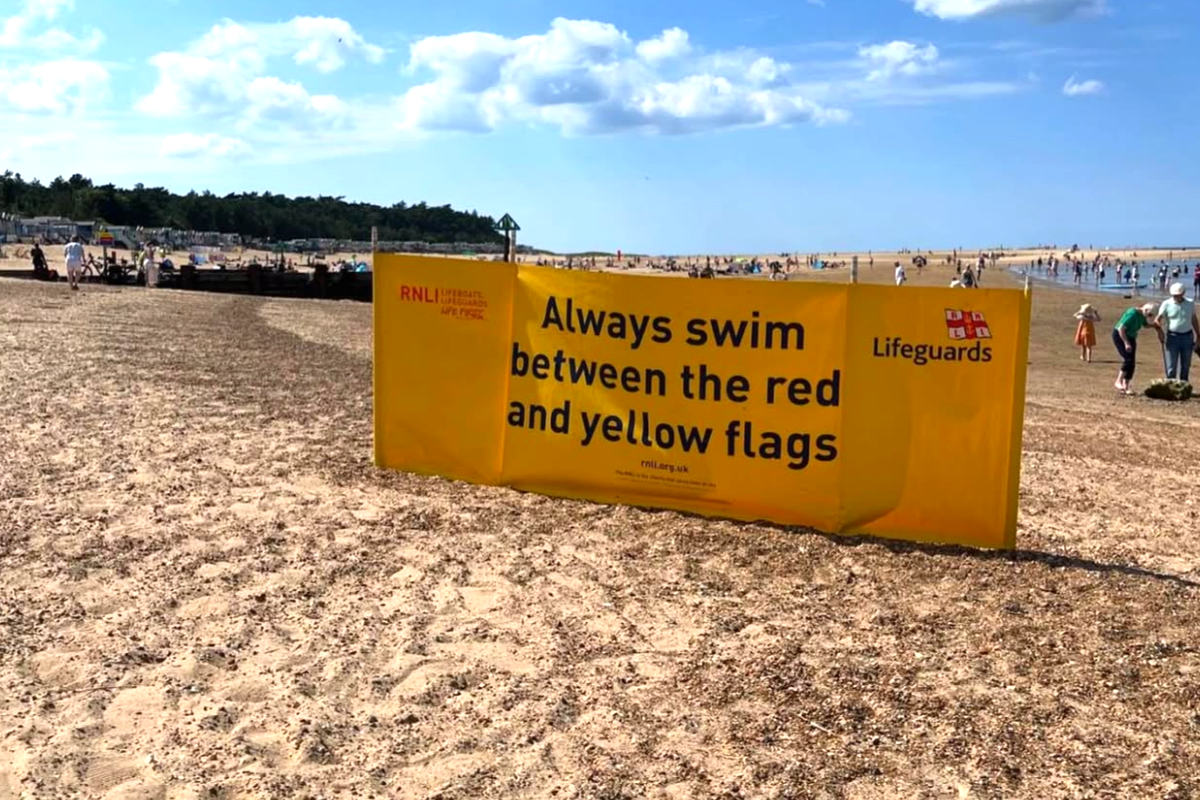
The RNLI says that their trained professionals can provide crucial information about local conditions and guide visitors away from potential dangers.
Carl Harris, Regional Lifeguard Lead for the North and East of England, underscored this, stating, "We strongly encourage anyone planning to go in the sea this weekend to visit one of the lifeguarded beaches." He added that lifeguards establish flags in the safest areas, and if a red flag is flying, it signifies that the area is dangerous, and entering the water is not recommended. Lifeguards are also available to offer friendly advice and medical assistance.
A key safety warning issued by the RNLI pertains to the use of inflatables and the presence of dangerous offshore winds.
Nick Ayers says that Lifeguards utilise an orange windsock to signal when such winds are present.
"The orange wind sock is something that the lifeguards would put up especially if there is a dangerous wind.
So an offshore wind, as this poses a huge risk for inflatable users or inflatable standup paddle boarders, kayakers, people who are on top of the water where you get blown and swept out to sea.
We encourage everybody not to use inflatables in the sea.
They're perfect for a swimming pool, but not designed for the open water.
If you are on a standup paddle board or a kayak, make sure you are tethered to that device and you're wearing a tight fitting buoyancy aid, and if you do get swept out, stay on the craft, make yourself known by waving and make yourself heard.
So either using your mobile phone dialling 999 or whistling or getting attention to other users of the water.
Additionally, the RNLI promotes the "Float to Live" technique for anyone unexpectedly finding themselves in the water: tilt your head back with ears submerged, relax, control breathing, use hands to stay afloat, and then call for help or swim to safety once the initial shock subsides.
Beyond specific water safety, the RNLI also reminds all beachgoers to be prepared, check weather forecasts and tide times, look for potential hazards, and inform someone of their plans and estimated return time before setting out.
Details of lifeguarded beaches on the Yorkshire Coast can be found at https://rnli.org/find-my-nearest/lifeguarded-beaches?display=Grid&resultsPerPage=12&lat=54.25183285115216&lon=-0.3464045000000038&radius=40



 'Dangerous' and 'Unsightly' Scarborough Steps Will Be Replaced
'Dangerous' and 'Unsightly' Scarborough Steps Will Be Replaced
 Filey Gets Fishtive This Weekend
Filey Gets Fishtive This Weekend
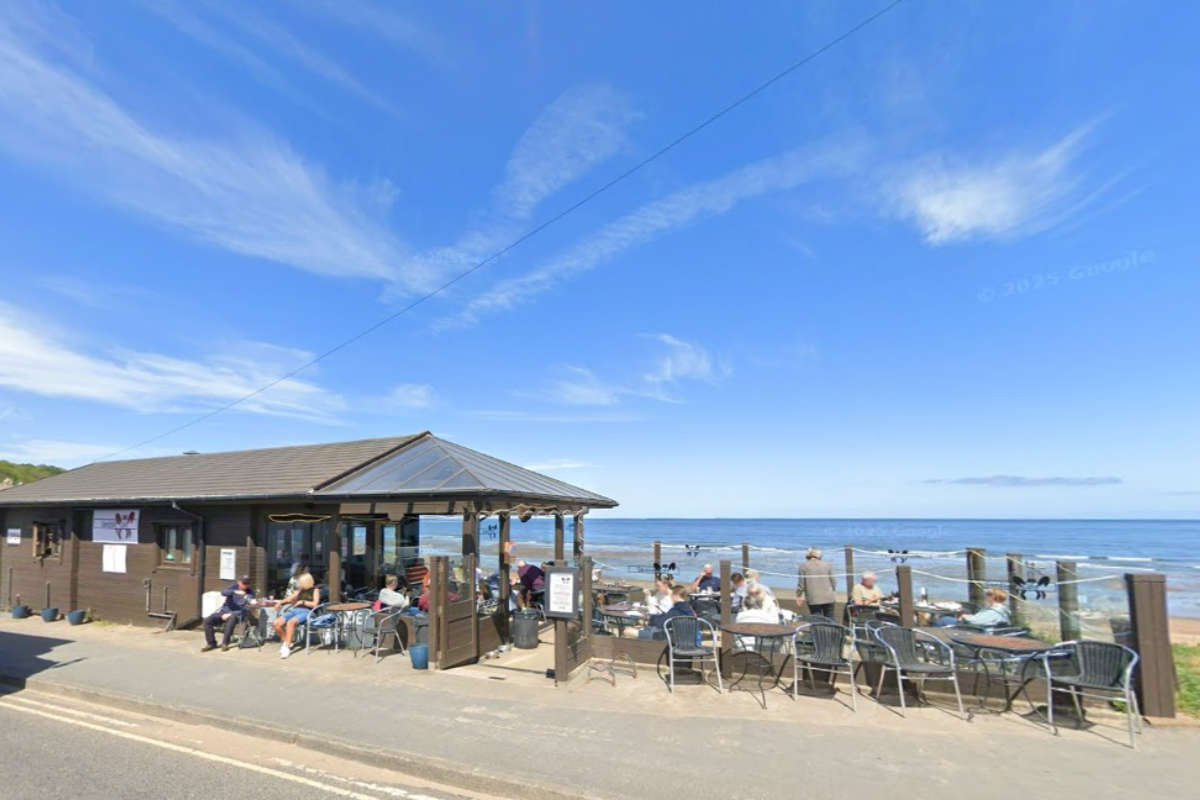 Sandsend Eatery Requests Dramatic Refurb
Sandsend Eatery Requests Dramatic Refurb
 Scarborough Athletic Back At Base
Scarborough Athletic Back At Base
 Whitby Town's Last Home Match Before Christmas
Whitby Town's Last Home Match Before Christmas
 Bridlington Town's Testing Trip
Bridlington Town's Testing Trip
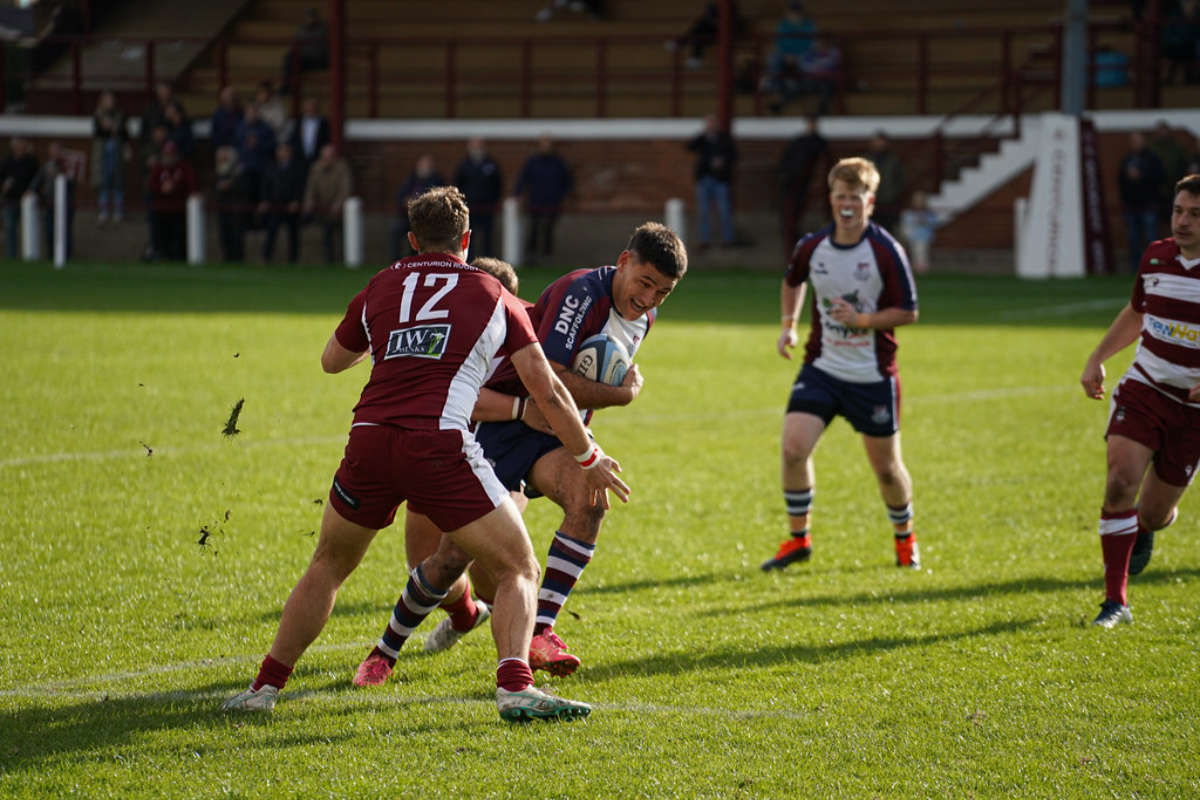 Yorkshire Coast Weekend Rugby Action
Yorkshire Coast Weekend Rugby Action
 Filey Holiday Park Expansion Approved
Filey Holiday Park Expansion Approved
 Scarborough Man Who Stamped on Unconscious Victim’s Head Jailed for Over Three Years
Scarborough Man Who Stamped on Unconscious Victim’s Head Jailed for Over Three Years
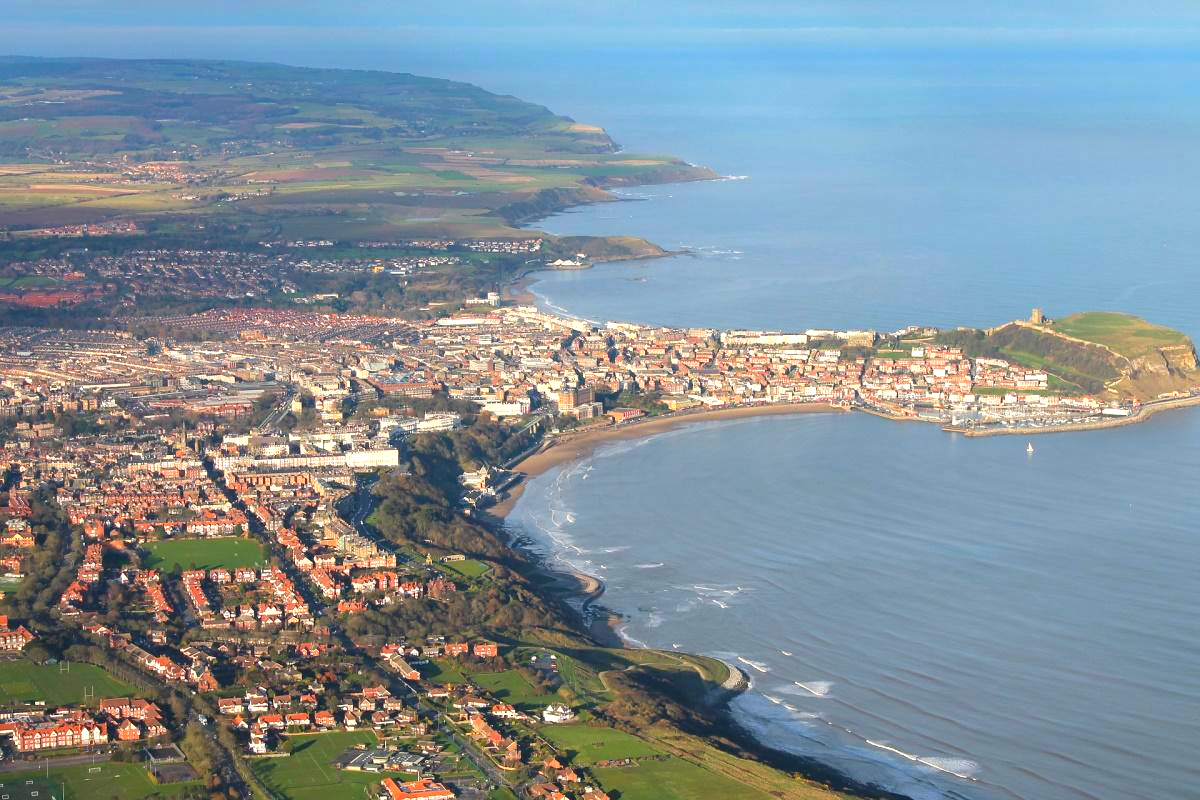 Local Tourism Tax Revenue Must Stay on the Coast, Demands MP
Local Tourism Tax Revenue Must Stay on the Coast, Demands MP
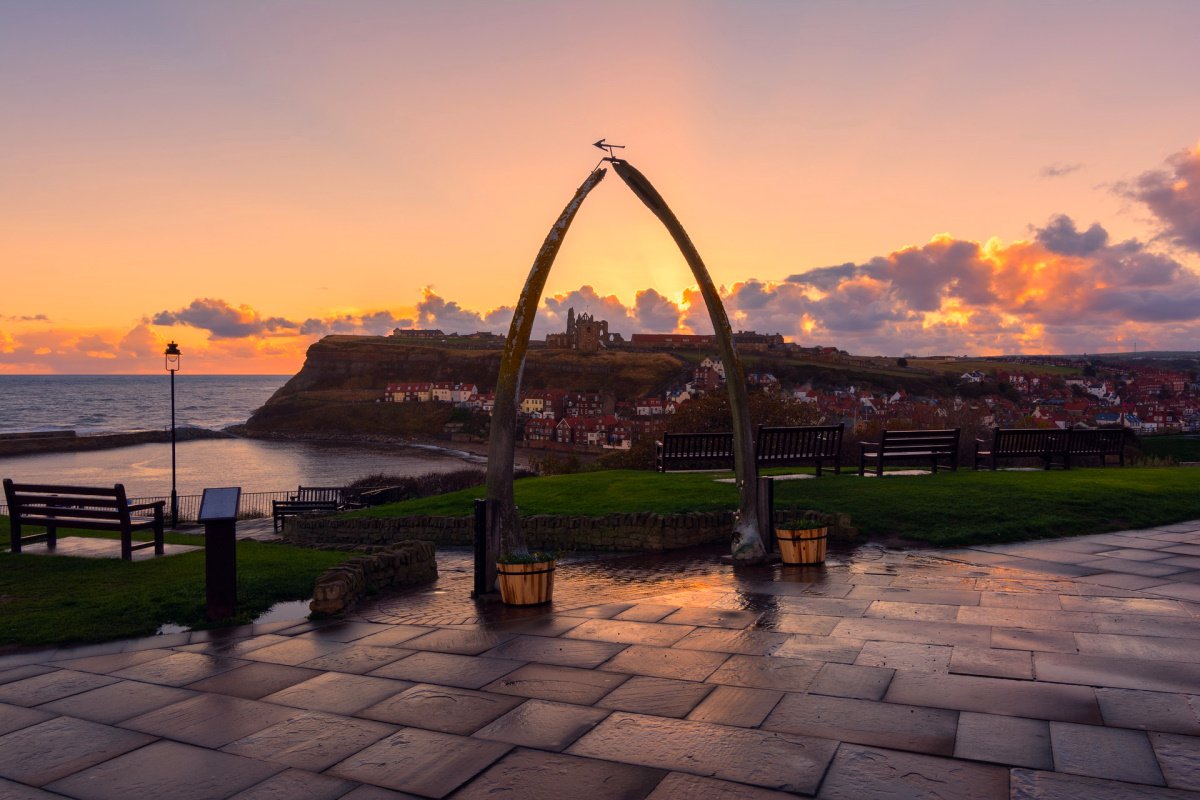 Whitby Whale Bone Replacement Faces 'Nightmare' Logistics and Ethical Hurdles
Whitby Whale Bone Replacement Faces 'Nightmare' Logistics and Ethical Hurdles
 Mayor Says Scarborough’s Bathing Water Problem ‘Has to be Sorted’
Mayor Says Scarborough’s Bathing Water Problem ‘Has to be Sorted’









Comments
Add a comment